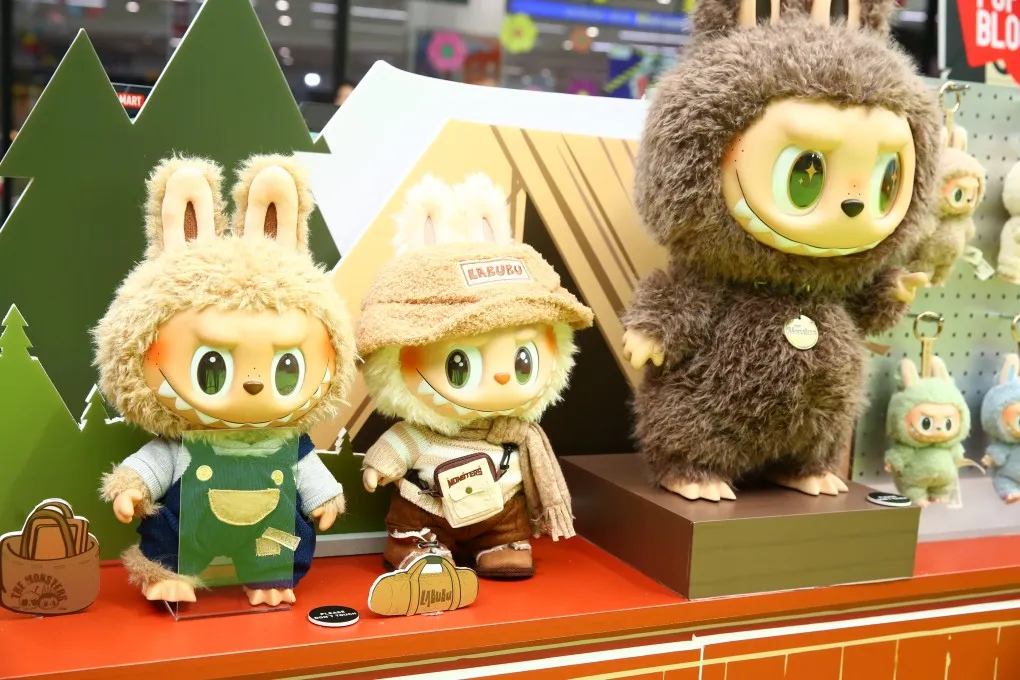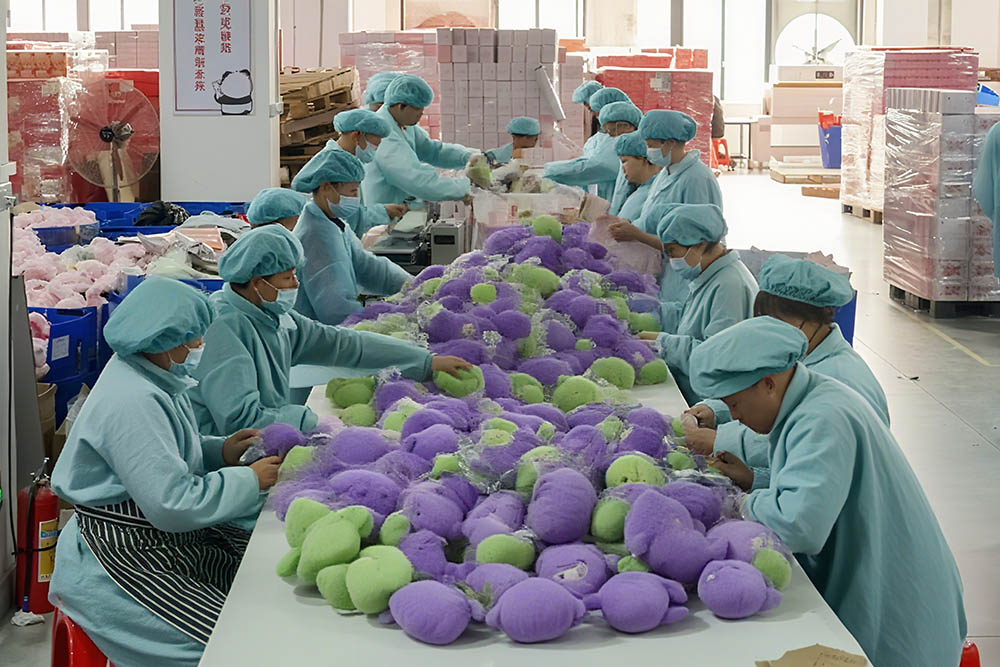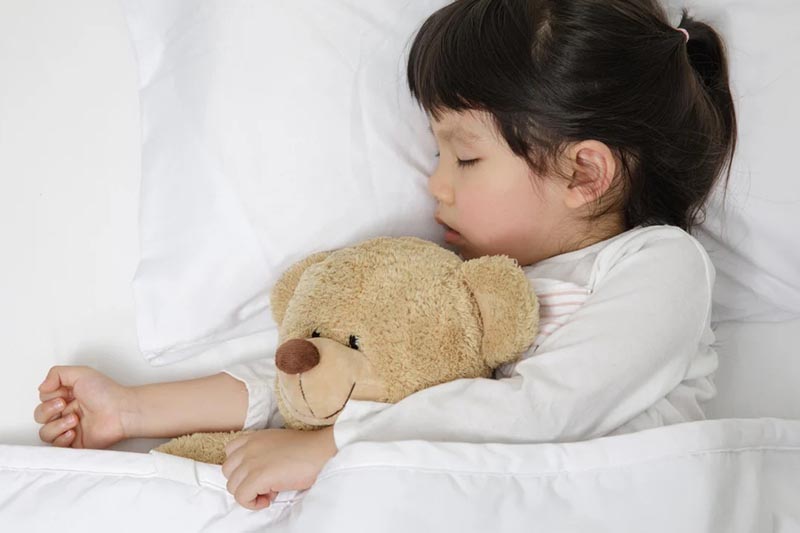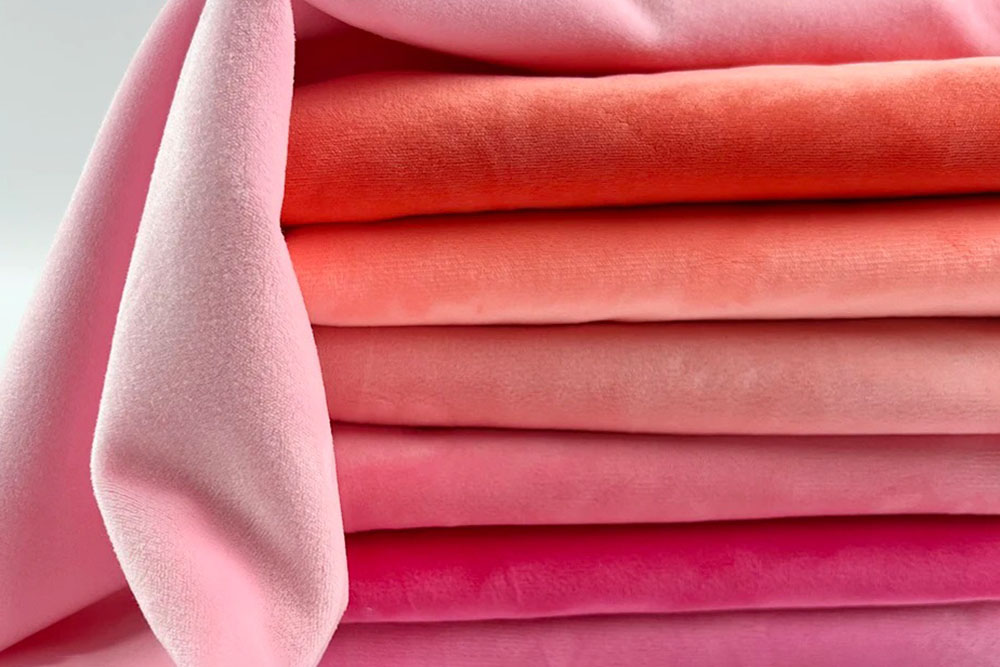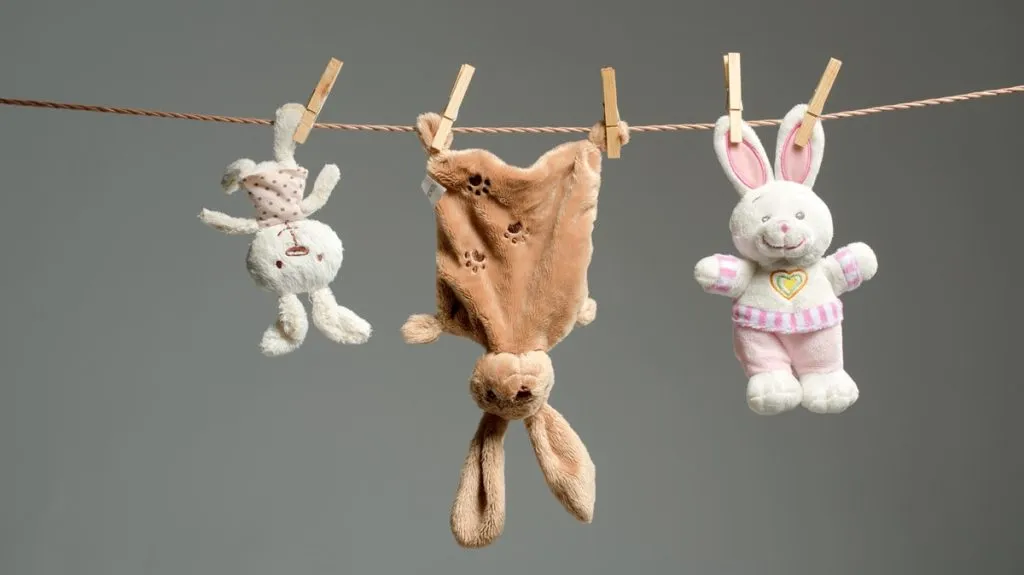Plush fabric is one of the most versatile textiles in the toy and fashion industry. Its soft touch, durability, and wide variety of options make it a preferred choice for stuffed animals, baby products, home décor, and promotional items. For business buyers, knowing the different fabric types and their unique qualities is key to sourcing the right material that meets safety, cost, and design expectations. In this guide, I will break down the main categories, explain their features, and highlight how buyers can match each fabric to their market needs.
1. What Are the Primary Categories of Plush Fabrics in the Textile Industry?

Plush fabrics can be divided into several main categories, each designed to meet specific needs in toys, fashion, upholstery, and promotional products. For buyers and manufacturers, understanding these categories is important because fabric choice affects not only product performance but also production cost, safety compliance, and market appeal.
The primary groups include short-pile plush, long-pile plush, faux fur, fleece or sherpa fabrics, knitted plush, and specialty blends. Short-pile fabrics, such as velboa, are widely used in stuffed toys and dolls because they are cost-efficient, easy to clean, and safe for infants. Long-pile plush, on the other hand, creates a fuller and more luxurious appearance, making it a popular option for premium toys, winter apparel trims, and high-end home décor items like throws or cushions. Faux fur imitates animal fur with realistic effects, often used in collectible plush toys or fashion accessories. Sherpa and fleece fabrics provide warmth, softness, and texture, making them valuable in blankets, apparel, or plush comforters. Knitted and blended plush fabrics combine synthetic and natural fibers, offering flexibility in appearance and feel.
For B2B buyers, these categories allow better matching of material features with intended product markets. A toy brand targeting infants will often select velboa or minky, while a lifestyle brand may prefer faux fur or sherpa for fashion-forward designs. Each fabric category has its own cost structure, minimum order quantity, and production timeline, which is why professional suppliers help buyers evaluate trade-offs early in the design process.
| Category | Characteristics | Typical Applications |
| Short-Pile Plush | Smooth, low nap, easy to clean | Baby toys, dolls, mass-market plush |
| Long-Pile Plush | Fluffy, luxurious, fuller appearance | Premium toys, home décor, fashion trims |
| Faux Fur | Realistic fur effect, durable | Collectible plush, coats, accessories |
| Sherpa/Fleece | Warm, insulating, curly or soft texture | Blankets, winter apparel, plush comforters |
| Knitted/Blends | Mixed fiber performance, versatile | Decorative toys, fashion, custom projects |
2. How Do Short-Pile and Long-Pile Plush Fabrics Differ in Texture and Use?

Pile length plays a direct role in both appearance and function. Short-pile plush usually ranges from 1–3 mm in nap height, while long-pile plush can extend up to 20 mm or more. Buyers must consider not just softness but also durability and design intent when choosing between the two.
Short-pile fabrics, such as velboa or certain microfiber plushes, are widely adopted in children’s toys. They are easier to clean, less likely to shed, and safer for infants who constantly put toys in their mouths. The smooth texture also makes them ideal for printing, embroidery, or complex stitching. In contrast, long-pile plush is favored when a premium, luxurious look is required. Faux fur teddy bears, collectible stuffed animals, and fashionable trims on jackets all benefit from the depth and richness that longer fibers provide. However, long-pile materials often require higher maintenance, can attract more dust, and increase production cost.
For manufacturers and brands, the choice often comes down to the balance between safety, durability, and target customer expectations. Mass-market baby toys rely heavily on short-pile fabrics, while niche collectible toys and lifestyle items may justify the higher investment in long-pile designs. Buyers also need to consider washing requirements: shorter piles maintain shape better in machine washing, while longer piles often need gentle handling.
| Fabric Type | Key Features | Market Fit |
| Short-Pile Plush | Easy to clean, safe, cost-effective | Baby toys, everyday stuffed animals |
| Long-Pile Plush | Luxurious, fluffy, premium appeal | Collector toys, fashion accessories |
3. Which Synthetic and Natural Fibers Are Commonly Used in Plush Fabric Production?

The fibers used in plush production determine not only texture but also compliance, durability, and sustainability. The most widely used fiber is polyester, known for its strength, colorfastness, and cost efficiency. Polyester plush dominates the toy and apparel market because it withstands frequent handling, maintains color vibrancy, and is relatively easy to produce in bulk. Variants like microfiber polyester create ultra-soft fabrics such as minky.
On the natural side, cotton and cotton blends are valued for breathability, hypoallergenic properties, and eco-friendly perception. They are particularly common in organic plush toys designed for infants. However, cotton plush fabrics can be more expensive and less resistant to repeated washing compared to synthetics. Other natural fibers, like wool or linen, are less common in mainstream plush production but may be used in niche decorative items.
Blended options, such as polyester-cotton mixes, allow manufacturers to combine the best of both: softness and natural appeal from cotton, with durability and affordability from polyester. Buyers increasingly request these blends when targeting eco-conscious customers who still want practical care options.
When evaluating fibers, international buyers should focus on safety certifications, especially for baby or pet products. Synthetic fibers may require flame-retardant finishes, while natural fibers must be tested for chemical residues to comply with CE or ASTM standards.
| Fiber Type | Benefits | Limitations |
| Polyester | Durable, affordable, easy to dye | Non-biodegradable, less breathable |
| Cotton | Natural, hypoallergenic, eco-perception | Higher cost, less wash resistance |
| Blends | Balanced performance, versatile | May complicate recycling process |
4. What Specialized Plush Fabrics Are Popular in Toy, Fashion, and Home Décor?

Beyond standard categories, the industry has developed specialized plush fabrics to serve niche needs. Minky plush, for example, is extremely popular in baby blankets and premium stuffed animals due to its ultra-soft, velvety texture. It has a slight stretch that enhances comfort and gives toys a cuddly feel.
In fashion, crushed plush and velour are used for apparel linings, trims, and accessories. These fabrics offer a sheen and luxurious texture that elevates the look of outerwear or promotional clothing. Embossed plush fabrics are another growing trend, allowing patterns and textures to be pressed directly into the fabric surface. This method is particularly useful for branding or creating unique toy textures without additional embroidery.
For home décor, plush fabrics extend into coral fleece and sherpa blends, which are popular for throws, cushion covers, and decorative plush items. These materials provide both tactile comfort and aesthetic appeal, making them ideal for lifestyle-focused products.
Buyers should also consider fabric innovation driven by market demand. Heat-sensitive color-changing plush or glow-in-the-dark finishes, while not mainstream, are emerging as ways to create differentiation in crowded markets. Retailers and toy brands often use these special fabrics to capture attention and drive premium sales.
| Specialized Plush | Characteristics | Applications |
| Minky Plush | Ultra-soft, slightly stretchy | Baby blankets, premium plush toys |
| Velour/Crushed Plush | Shiny, elegant texture | Apparel trims, fashion items |
| Embossed Plush | Patterned surface, branding option | Custom plush toys, decorative items |
| Coral Fleece | Warm, fluffy, lightweight | Home décor, cushions, throws |
5. How Do Fabric Weight, Density, and Finish Affect Plush Fabric Quality?

For professional buyers, fabric quality is more than just softness. Weight (gsm), density, and finishing techniques all play a crucial role in determining whether a fabric meets the expectations of safety, durability, and brand positioning.
Fabric weight, usually measured in grams per square meter (gsm), indicates thickness and durability. Lightweight plush (150–200 gsm) is suitable for small toys and accessories, while heavier fabrics (300+ gsm) are often used for large stuffed animals, upholstery, or premium décor items. Density refers to the number of fibers packed into a given surface area. High-density plush maintains its shape better, resists flattening, and provides a more premium feel.
Finishing processes—such as brushing, shearing, or embossing—further define the look and feel. A brushed finish enhances softness, while shearing provides a uniform pile height. Some finishes also add flame-retardant, anti-static, or eco-certification properties, all of which are vital for compliance in international markets.
Buyers should consider how these factors impact not only cost but also customer satisfaction. A low-density plush may seem affordable, but it flattens quickly, leading to negative product reviews. Investing in balanced weight and density, along with appropriate finishes, ensures long-term product value.
| Factor | Impact on Quality | Common Applications |
| Weight (gsm) | Defines thickness and durability | Small toys vs. large plush animals |
| Density | Determines plush stability | Premium toys, upholstery, long-term use |
| Finishing | Affects softness, compliance, look | Brushed toys, embossed branding, trims |
6. What Sustainable and Eco-Friendly Plush Fabric Options Are Emerging?

Sustainability is no longer optional for many buyers. Retailers, especially in Europe and North America, now demand plush fabrics that meet eco-certification standards such as GOTS, OEKO-TEX, or RPET compliance.
The most common eco-option is RPET (Recycled Polyester), derived from post-consumer plastic bottles. RPET plush offers the same durability and softness as virgin polyester but reduces environmental impact. It is increasingly requested by brands targeting eco-conscious parents or corporate buyers. Organic cotton plush is another option, grown without harmful chemicals and tested for hypoallergenic safety. It is especially valuable in baby toys or promotional plush items where sustainability is a strong selling point.
Another emerging material is bamboo-derived plush, which combines natural antibacterial properties with a smooth finish. Although not as widespread as RPET or cotton, it is gaining traction in niche premium markets.
For businesses, offering eco-friendly fabrics is not only about compliance but also about branding. Products advertised as sustainable often command higher retail prices and win customer loyalty. Buyers should work closely with manufacturers who can provide certificates and test reports to guarantee material authenticity.
| Eco Option | Benefits | Market Use |
| RPET Plush | Recycled, durable, eco-positioned | Mass-market toys, corporate gifts |
| Organic Cotton | Natural, hypoallergenic | Baby plush toys, eco-conscious brands |
| Bamboo Plush | Antibacterial, smooth, unique | Premium toys, niche sustainable markets |
Plush fabrics cover a wide spectrum of materials, from cost-effective velboa to premium faux fur and eco-friendly RPET. For buyers, the key is matching fabric choice to market demand, safety compliance, and brand positioning. At Kinwin, we help global partners evaluate options, develop custom solutions, and ensure every plush product meets international standards.
Ready to explore plush fabric options tailored to your market? Contact Kinwin today to discuss designs, certifications, and wholesale solutions.



